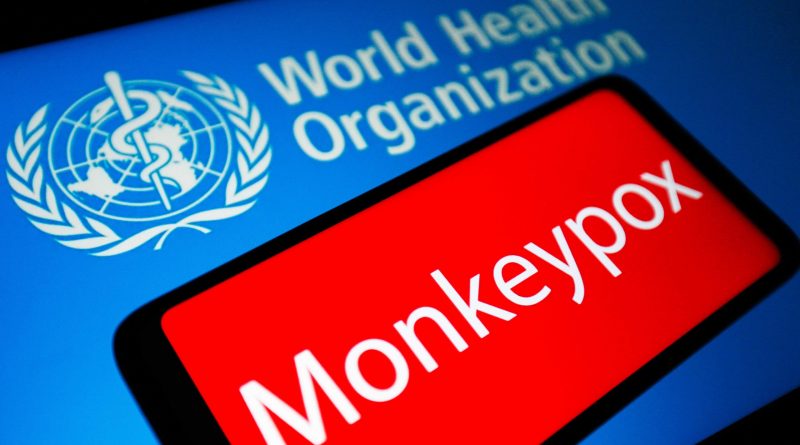Monkeypox outbreak is different this time…: WHO official on how virus is spreading, patient care
What’s different now is that we’re seeing cases in other countries that normally don’t have monkeypox. And this is very unusual, a WHO official said
With over 700 monkeypox cases being detected in over 27 countries, World Health Organisation has notified that though it is not a new disease what is striking this time is the significant surge in non-endemic counties that wasn’t observed earlier. UN health agency also pointed out that it is extremely important not to generate stigma against people who are at risk, which includes men who have sex with men. “The reason is that if people feel stigmatized, they will not feel comfortable coming forward for diagnosis and care. And that will put other people at risk”.
How the recent Monkeypox outbreak is different from earlier times?
Pointing out that Monkeypox is not a new disease, WHO’s Dr Rosamund Lewis said that “what’s different now is that we’re seeing cases in other countries that normally don’t have monkeypox. And this is very unusual. We’ve had the occasional outbreak or a single case detected in a traveler from West Africa. But nothing like this.”
How to take care of the patients?
Most people don’t have a severe case of monkeypox and can be managed conservatively with regular care where it’s necessary.
The most important thing about monkeypox is that it does cause a rash which can be uncomfortable, it can be itchy, and it can be painful, Lewis said adding, “So the most important thing about caring for someone with this illness is basically taking care of the skin and taking care of any symptoms that someone might have, such as pain or itchiness.”
It’s important to know that research over many years has also yielded some vaccines and treatments for monkeypox. However, mass vaccination is not recommended by WHO.
How does the virus spread?
Monkeypox spreads through close face to face, skin to skin, direct contact. This is how it’s always been described. There may be some new things happening in this outbreak now. We don’t know everything. There’s still a lot to learn.
Currently, the people who are most exposed appear to be men who have sex with men. Apart from that, those who are in contact with the infectious person, including family members are also at risk. Also because this virus does spread through close contact, it does mean that in the health care setting, a health worker who doesn’t know what they’re dealing with and may not have the right personal protective equipment may inadvertently be exposed.
Important not to generate stigma
TheWHO official also pointed out that it is extremely important not to generate stigma against population groups that are at risk. This includes men who have sex with men.
The reason is that if people feel stigmatized, they will not feel comfortable coming forward for diagnosis and care. And we really do want to reach the people who may be at risk.




